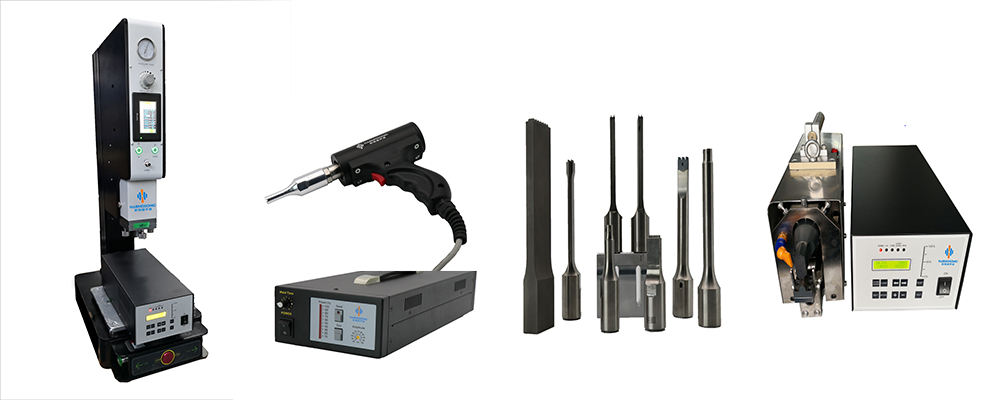

Hm18-20 ultrasonic transducer
The best choice of ultrasonic anti-resonance circuit
-The function of ultrasonic transducer is to convert the input electrical power into mechanical power (i.e., ultrasonic) and transmit it out again, but it consumes a small part of the power itself.
-The technical problem to be solved for ultrasonic transducer is to design an ultrasonic transducer with large range and wide frequency band.
-The transducer consists of a housing, a matching layer, a piezoelectric ceramic disc transducer, a backing, a lead cable, and a Cymbal array receiver.
- Details
- Parameter
Structure drawing of ultrasonic generator
(1)Including the shell
(2)The matching layer is the sound window
(3)Piezoelectric ceramic disk transducer
(4)backing
(5)Which leads to the cable
(6)It is characterized by the fact that it also includes a Cymbal array receiver, which is powered by an outgoing cable
(7)8 ~ 16 Cymbal transducers
(8)Metal ring
(9)And rubber gasket (10); The Cymbal array receiver is located on the disk piezoelectric transducer 3. Piezoelectric ceramic disc transducers are used as basic ultrasonic transducers to transmit and receive ultrasonic signals. The Cymbal array receiver sits on top of the disk-type piezoelectric transducer and ACTS as an ultrasonic receiver to receive doppler echo signals outside the frequency band of the disk-type transducer
Principle of ultrasonic welding
1、Ultrasonic welding has ultrasonic metal welding and ultrasonic plastic welding two categories.
2、Ultrasonic plastic welding technology has been widely used.
3、It USES ultrasonic vibration generated by transducer to transfer ultrasonic vibration energy to welding area through upper welding parts.
4、Because the welding area is the junction of two welded pieces of sound resistance, so will produce local high temperature to melt the plastic, in the action of contact pressure to complete the welding work.
5、Ultrasonic plastic welding is convenient for welding parts that cannot be welded by other welding methods.
6、In addition, it also saves the expensive mould cost of plastic products, shortens the processing time and improves the production efficiency.





